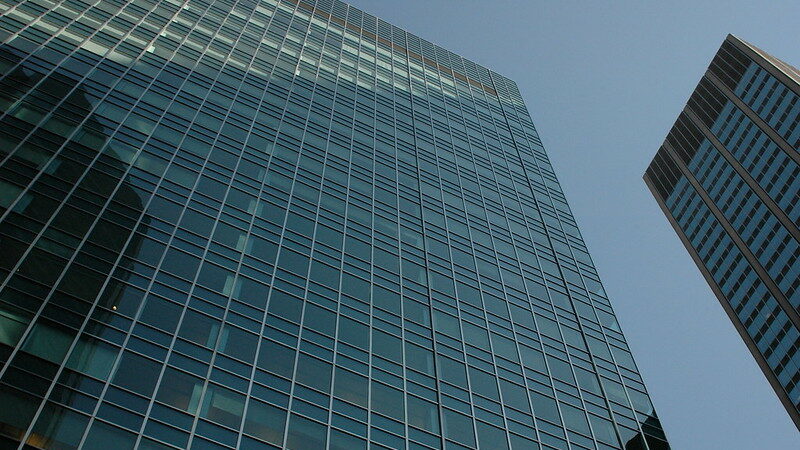As a global manufacturer of heat and cooling technology, Trane Technologies believes that improving the sector has been significantly underrated as a key element in tackling a warming world.
“The bottom line for a sustainable world is simple,” said Scott Tew, vice president of sustainability and managing director of the Center for Energy Efficiency & Sustainability (CEES) at Trane Technologies. “We will not make great strides in developing the sustainable societies we dream of without seriously considering the substantial emissions associated with HVAC, and thus identifying the impact of decarbonising the industry.
“We often talk about transportation, electricity, and agriculture as the prime culprits, while heating and cooling seems somewhat neglected. Tackle the huge potential within HVAC, and we can really start to confront climate change,” he said.
According to a 2018 IEA report, around 20% of the electricity used in buildings around the world comes from activities related to heating and cooling spaces, and this number is set to more than triple by 2050.
“Growing demand for air conditioners is one of the most critical blind spots in today’s energy debate,” said IEA Executive Director Faith Birol. “Setting higher efficiency standards for cooling is one of the easiest steps governments can take to reduce the need for new power plants, cut emissions and reduce costs at the same time.”
And it’s this, a focus on energy efficient systems within air conditioning but also HVAC generally, which is fundamental to Trane Technologies’ business model.
“Sustainability is at the centre of our strategy – it’s who we are and how we operate,” said Paul Camuti, Chief Technology and Strategy Officer and Executive Vice President for Trane Technologies. “We have set ambitious targets as part of our 2030 Sustainability Commitments to reduce our customers’ emissions by a gigaton – one billion metric tonnes and achieve carbon neutrality in our own operations.”
“When people think of emission sources, the image of a car’s exhaust pipe often comes to mind. It’s generally understood that by improving a vehicle’s overall efficiency, or converting to electric, it’s a big step toward decarbonising the transportation sector,” said Tew.
“Buildings have emissions too – and rather than exhaust pipes, there are multiple sources of emissions in every building – including the energy required to electrify the building systems and the fossil fuels used for heating. We need to shift public perception to see those opportunities to reduce emissions by improving efficiency of buildings, just like with vehicles,” he added.
Recently, for example, Trane launched the Sintesis CXAF HEat (High Efficiency) air-to-water heat pump, which features a suction line gas heat exchanger that delivers increased capacity with minimal energy consumption. The technology can work in all seasons, with a range between -15°C and 45°C, and is targeted for European properties with dynamic temperature requirements.
While it eliminates the need for separate boiler and chiller systems and thus significantly reduces carbon emissions, the Sintesis Balance is also naturally more efficient than a typical furnace as heat is easier to transfer, than make from scratch. When connected to a green grid, it has potential to be a zero-emissions solution for heating and cooling entire buildings. Beyond equipment, building intelligence, connected controls and artificial intelligence can play a major role in reducing a building’s carbon footprint.
By introducing sustainable innovation and a new realm of building efficiency to the world, Trane Technologies is fully signed on for the United Nations Framework Convention on Climate Change, and the race to achieve net-zero global climate emissions by 2050. It believes that as part of an industry that can make massive impact on reducing greenhouse gas emissions, that it has a big responsibility and opportunity to help solve climate change.
This post was sponsored by Trane Technologies. See our editorial guidelines for what this means.
